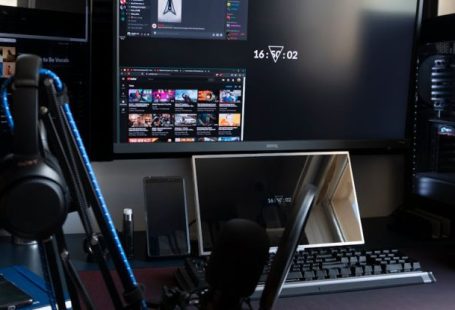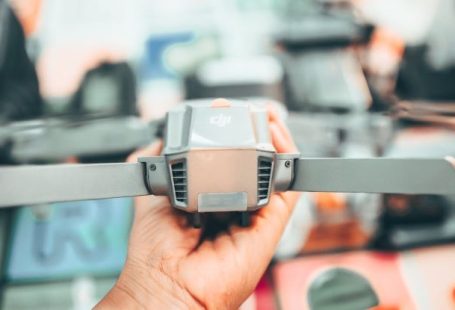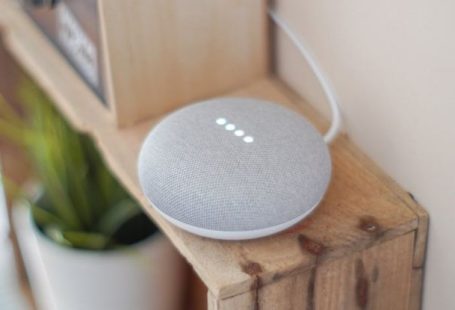In today’s fast-paced digital world, the efficiency and speed of our devices play a crucial role in our productivity. If you own a micro PC, you understand the importance of keeping it running smoothly and quickly to accomplish your tasks effectively. Streamlining processes to enhance your micro PC’s speed can significantly improve your overall user experience and save you valuable time. By implementing some simple yet effective strategies, you can optimize your micro PC’s performance and enjoy a faster and more responsive computing experience.
**Clear Out Unnecessary Files and Programs**
One of the first steps to boosting your micro PC’s speed is decluttering your system. Over time, your device may accumulate unnecessary files, programs, and temporary data that can slow down its performance. Take the time to go through your files and applications and remove anything that you no longer need or use. This can free up valuable disk space and help your micro PC run more efficiently.
**Optimize Startup Programs**
When you turn on your micro PC, various programs and applications may automatically launch in the background, consuming valuable system resources and slowing down your device’s startup time. By optimizing your startup programs and disabling unnecessary ones, you can reduce the boot time of your micro PC and improve its overall speed. Check your system settings or use a third-party program to manage your startup programs effectively.
**Update Your Operating System and Drivers**
Keeping your operating system and drivers up to date is essential for maintaining your micro PC’s speed and performance. Manufacturers regularly release updates that include bug fixes, security patches, and performance enhancements. By ensuring that your operating system and drivers are current, you can take advantage of the latest improvements and ensure that your device runs smoothly and efficiently.
**Manage Your Browser Extensions**
Browser extensions can be useful for enhancing your browsing experience, but having too many installed can impact your micro PC’s speed. Extensions consume system resources and can slow down your browser performance. Review the extensions you have installed and remove any that you no longer need or use. Keeping only essential extensions can help improve your browsing speed and overall system performance.
**Utilize Disk Cleanup and Defragmentation**
Disk cleanup and defragmentation are built-in tools in Windows that can help optimize your micro PC’s performance. Disk cleanup allows you to remove temporary files, system files, and other unnecessary data that may be taking up space on your hard drive. Defragmentation rearranges fragmented data on your disk, making it easier and quicker for your micro PC to access files. Running these tools regularly can help improve your device’s speed and responsiveness.
**Upgrade Your Hardware**
If you find that your micro PC is still running slowly despite optimizing its software and settings, it may be time to consider upgrading your hardware. Upgrading your device’s RAM, solid-state drive (SSD), or processor can significantly boost its speed and performance. Before making any hardware upgrades, make sure to check your micro PC’s specifications and compatibility to ensure seamless integration.
**Final Thoughts**
By streamlining processes and implementing these strategies, you can enhance your micro PC’s speed and performance, ultimately improving your overall user experience. Taking the time to declutter your system, optimize startup programs, update your operating system, manage browser extensions, utilize disk cleanup and defragmentation, and consider hardware upgrades can make a significant difference in how your micro PC functions. Stay proactive in maintaining your device to enjoy a faster and more efficient computing experience.





